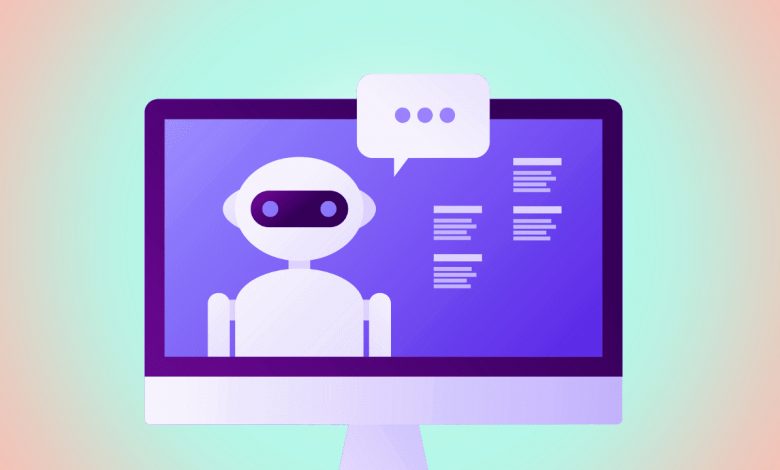Daily Current Affairs for UPSC
ChatGPT Chatbot

Topic- Growth and Development [GS Paper-3]
Context- The OpenAI has introduced a new chatbot called ChatGPT, which is a ‘conversational’ AI and will answer queries just like a human would.
Key Highlights
- The ChatGPT are enabled to answer “follow-up questions”, and can also “admit its mistakes, challenge incorrect premises, and reject inappropriate requests.”
- The chatbot is based on the company’s GPT 3.5 series of language learning models (LLM).
- GPT stands for Generative Pre-trained Transformer 3 and this is a kind of computer language model that relies on deep learning techniques in order to produce human-like text based on inputs.
- The model is trained to predict what will come further, and that’s why one can technically have a ‘conversation’ with ChatGPT.
- The chatbot was trained using Reinforcement Learning from Human Feedback (RLHF).
Usage of the chatbot:
- The chatbot can be used in real-world applications such as digital marketing, online content creation, answering customer service queries or as some users have found, even to help debug code.
- It can respond to a large range of questions while imitating human speaking styles.
- ChatGPT is being seen as a replacement for the basic emails, party planning lists, CVs, and even college essays and homework.
- It can also be used to write code.
Limitations:
- The chatbot displayed clear racial and sexist biases, that remains a problem with almost all AI models.
- The chatbot gives answers which are grammatically correct and read well– though some have pointed out that these lack context and substance, which is true.
- ChatGPT occasionally produces inaccurate information and also its knowledge is restricted to global events that occurred before 2021.
About a Chatbot
- Chatbots, also called chatterbots, is a form of Artificial Intelligence (AI) that is used in messaging apps.
- The tool helps add convenience for customers—they are automated programs that interact with customers like a human would and cost little to nothing to engage with.
- Key examples are chatbots used by businesses in social media platforms such as Facebook Messenger, or as virtual assistants, such as Amazon’s Alexa.
- Chatbots tend to operate in one of two ways i.e. either via machine learning or with set guidelines.
- However, due to advancements in AI technology, chatbots using set guidelines are turning into a historical footnote.
Types:
Chatbot with Set Guidelines:
- It can only respond to a set number of requests and vocabulary and it is only as intelligent as its programming code.
- An example of a limited bot is an automated banking bot which asks the caller some questions to understand what the caller wants to do.
Machine Learning Chatbot:
- A chatbot that functions through machine learning has an artificial neural network inspired by the neural nodes of the human brain.
- The chat bot is programmed to self-learn as it is introduced to new dialogues and words.
- In effect, as the bot receives new voice or textual dialogues, the number of inquiries that it can reply to and the accuracy of each response it gives increases.
- Meta (as Facebook’s parent company is now known) has a machine learning chatbot which creates a platform for companies to interact with their consumers through the Messenger application.
Significance
- Chatbots are more convenient for providing customer service and support 24 hours a day, 7 days a week.
- They free up phone lines and are far less expensive over the long run than hiring people to perform support.
- Using AI and natural language processing, chatbots are becoming improved at understanding what customers want and providing the help they need.
- Companies also like to rely on chatbots because they can collect data about customer queries, response times, satisfaction, and so on.
Disadvantages:
- Even with natural language processing, the chatbot may not fully comprehend a customer’s input and may provide incoherent answers.
- Many chatbots are limited in the scope of queries that they are able to respond to.
- Chatbots also can be expensive to implement and maintain, especially if they must be customized and updated often.
- The challenges of AI metamorphosing into sentient beings are far in the future; however, unethical AI perpetuating historical bias and echoing hate speech are the real dangers to watch for.





.png)



